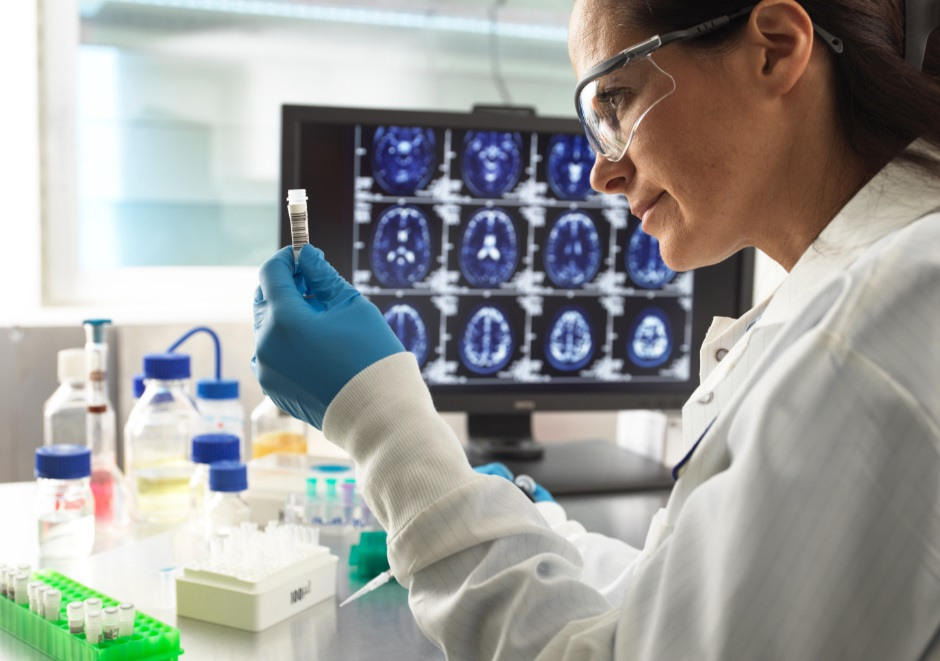Blog
Alzheimer's Disease: why drug repurposing could be the answer
Posted on the 18th July 2023

Drug repurposing is becoming more commonplace. Ellie McDermott examines its potential for improving the effectiveness of treatments for Alzheimer’s disease.
Understanding drug repurposing
As we move towards making the world more sustainable and making money go further, it seems inevitable that manufacturers would explore alternative uses or new indications for already commercially available drugs.
Drug repurposing, as it is more commonly known, is already actively in use and is showing promise, with several drugs already used to treat cancer and diabetes being studied for their effectiveness against malaria and other diseases.
The benefits of repurposing
Bringing new medications to market can be incredibly expensive and time intensive.
By repurposing a drug, these resources can be maximized, with costs reduced to $0.3 billion and timeframes to around 3 to 5 years.
Furthermore, the entire process benefits from having readily available information regarding drug safety as the drug has already been approved by the all-important regulatory authorities and is further boosted with pre-existing data on pharmacodynamics and pharmacokinetics.
One such drug to have been repurposed successfully is Raloxifene. While already in use for the treatment of osteoporosis, it has since found a whole new role in the prevention of breast cancer in postmenopausal women.
Treatment limitations for Alzheimer’s disease
Over 50 million people globally are already affected by Alzheimer’s and its prevalence is set to double by 2060.
While new drugs like Lecanemab have made headlines recently after being fast-tracked for approval by the FDA due to their ability to treat patients in the early stages of the disease, none of the currently marketed treatments for Alzheimer’s offer a curative potential and, indeed, often become ineffective over time as nerve endings die.
There is no question that drugs like Lecanemab offer real hope to those in the initial stages of the disease.
However, what about those in the latter or more progressive stages, where treatment options are much more limited?
Unsurprisingly, scientists now believe drug repurposing could offer real hope for millions throughout the world.
Alzheimer’s and repurposing
Alzheimer’s disease involves the development of neurotic β-amyloid plaques and neurofibrillary tangles which then contribute to neurodegeneration.
Research into its causes and treatment has been slow with a two-decade-long period where no Alzheimer’s-related drugs were approved. Only one clinical trial has reached Phase 3 since 2003, with most trials being disbanded due to toxic side effects.
Much of the delay has been down to the fact that the causes of Alzheimer’s remain largely unknown.
While current medications target disturbances to neurotransmitters which aid in alleviating symptoms such as memory issues and thinking skills, they do not halt the advance of the disease.
Meanwhile, medications such as donepezil and galantamine create only subtle improvements and only work for short periods.
It is hoped that drug repurposing may help by creating a larger pool of potential drugs to choose from to create a synergistic effect. Evidence also suggests that, as Alzheimer’s has no known single cause, combination therapy may be beneficial to patients.
Furthermore, recent advancements in personalized medicine could be used alongside drug repurposing to identify potential gene pathways associated with Alzheimer’s.
Using this information, scientists could identify available drugs which have been previously developed to target those specific pathways.
What the research says
Research by Shoaib, Kamal and Rizvi reviewed drugs which may be repurposed to inhibit neurodegeneration. They found that various FDA-approved drugs such as anti-depressants, anti-cancer drugs, and anti-diabetic drugs all have some potential in reversing the changes in the brain caused by Alzheimer’s.
Trials in mice carried out by the University of California, San Diego have shown that the FDA-approved drug bumetanide alleviated symptoms of Alzheimer’s and restored neurotransmitter activity.
Bumetanide was originally developed to treat high blood pressure and oedema, and could work to treat Alzhiemer’s by targeting the specific APOE4 gene which is a genetic risk factor of disease development.
Reviewing health records also showed that people who had taken bumetanide in the past had a 35-75 per cent lower incidence of Alzheimer’s than those who did not.
These findings emphasize the potential in this area which has been threatened with stagnation due to the hiatus in approval for drugs to treat Alzheimer’s. Drug repositioning could be the most effective solution against the risk of drugs failing to reach the market.
The outlook ahead
The benefits of drug repurposing are many.
From the advantages of cutting costs of research and development to reducing the timeline of drug development by having already demonstrated safety in patients, these drugs could offer hope to those with diseases that are rare or difficult to treat, such as Alzheimer’s.
It is forecast that drug repurposing may encompass a large percentage of the pharmaceutical industry in the future.
However, while further review and thorough clinical trials will be necessary to assess its applications to treating Alzheimer’s, current evidence suggests drug repurposing is a promising and worthwhile venture.
Ellie McDermott is a Graduate Trainee at G&L Healthcare Advisors
Related: Cancer drug could treat malaria

